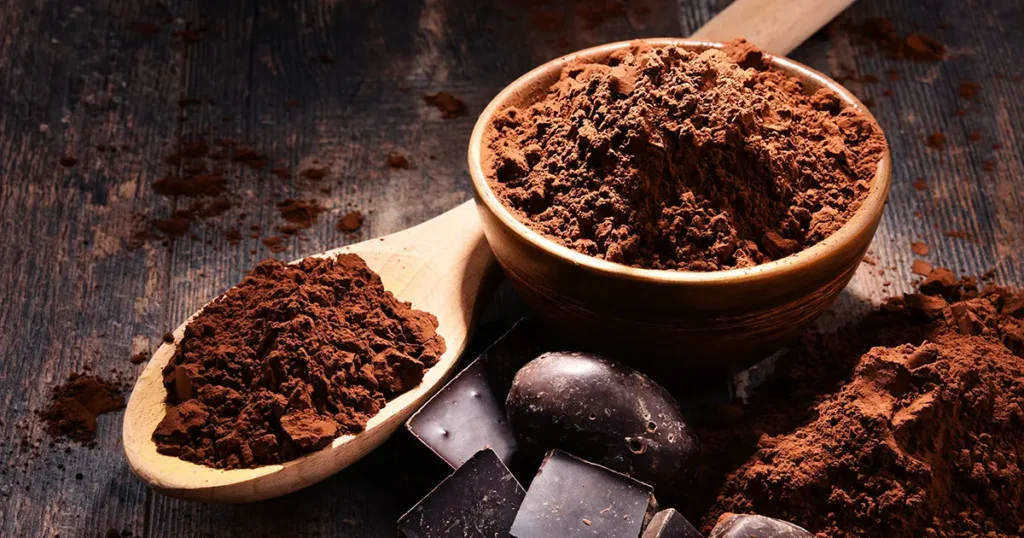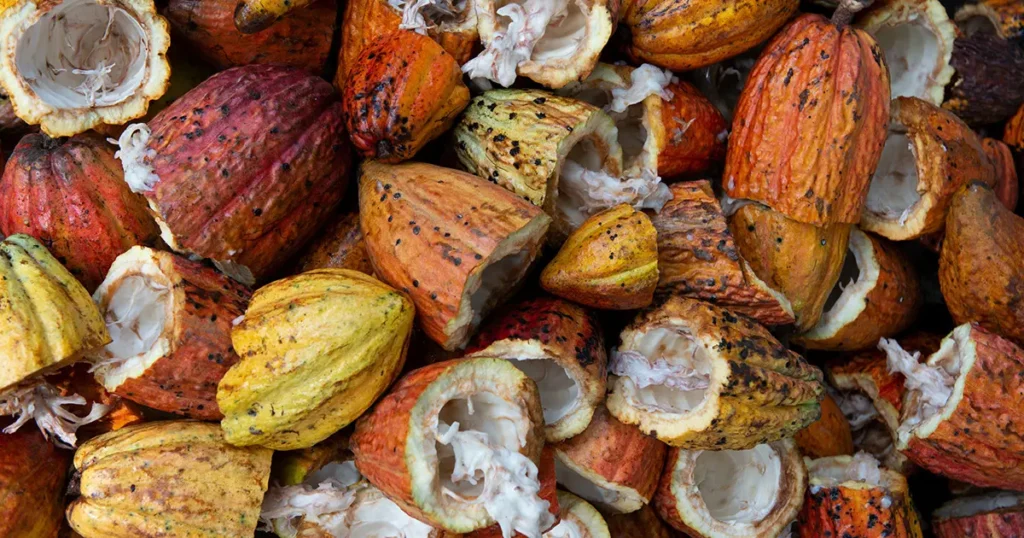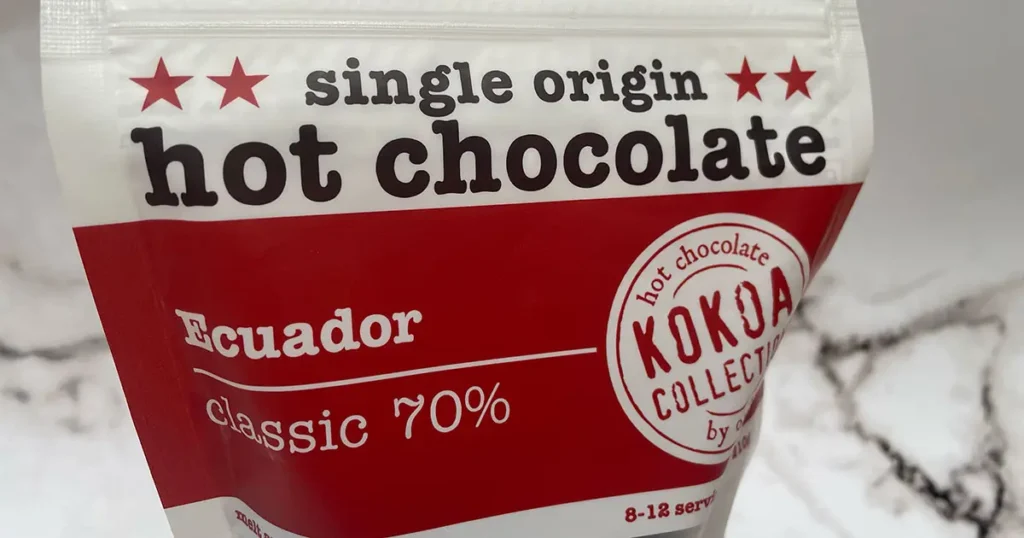Today, we’re delving into a frequently asked question among hot chocolate aficionados: “What is the best milk for hot chocolate?” This guide is crafted to navigate you through the vast array of milk options, ensuring your next hot chocolate experience is sublime.
Introduction to Milk Varieties in Hot Chocolate
The essence of hot chocolate lies not just in the cocoa but significantly in the milk used.
Whilst some may swear that the lighter flavour provided by water-based hot chocolate is the way to go, the majority of people prefer their drink to be milk-based – whether that’s dairy or plant-based.
This section will take you through the various milk options, both dairy and plant-based, highlighting their unique contributions to the art of hot chocolate making.
Exploring Dairy and Plant-Based Milks
- Dairy Milk Varieties: Ranging from full cream to skimmed, each type of dairy milk brings a distinct level of richness and creaminess, influencing the taste and texture of your hot chocolate.
- Plant-Based Milk Options: The surge in plant-based diets has introduced a range of non-dairy milks. Almond and hazelnut offer nutty nuances, while oat and soy provide creamy, sweet notes, expanding the flavour spectrum for hot chocolate lovers.
The Importance of Milk Choice
- Flavour Profiles: The selected milk can complement or contrast with the chocolate, affecting the overall taste. For example, plant milks’ natural sweetness can offset dark chocolate’s bitterness, while the richness of full cream milk enhances milk chocolate’s luxuriousness.
- Texture Considerations: The choice of milk significantly impacts the hot chocolate’s mouthfeel. Creamy, full-fat options provide a velvety texture, whereas lighter choices like almond or rice milk result in a more delicate feel.
Understanding each milk’s unique properties is key to crafting an exceptional hot chocolate.
Whether you prefer the richness of dairy or the varied flavours of plant-based alternatives, this knowledge is crucial for any hot chocolate connoisseur.
The Traditional Choice: Dairy Milk

Dairy milk has long been a staple in hot chocolate, known for its natural creaminess and seamless blend with chocolate.
Full Cream Milk
- Taste Profile: Celebrated for its indulgent flavour, full cream milk enriches the hot chocolate with a luxurious depth and natural sweetness.
- Texture and Consistency: Its high-fat content ensures a sumptuously smooth hot chocolate, coating the palate with creamy delight.
Skimmed and Semi-Skimmed Milk
- Flavour Variations: These lighter options offer a less intense creaminess, allowing the chocolate’s flavour to be more pronounced, suitable for those who prefer a subtler taste.
- Texture Impact: Resulting in a lighter, more fluid hot chocolate, these milks are ideal for a less heavy but equally satisfying experience.
Dairy milk’s versatility, from full cream to skimmed, ensures a satisfying hot chocolate experience for every preference, maintaining its status as a traditional favourite.
Plant-Based Alternatives

The shift towards diverse dietary preferences has elevated plant-based milks, offering unique flavours and textures for hot chocolate.
Soy Milk
- Taste and Consistency: With a neutral flavour and creamy texture akin to dairy milk, soy milk is a popular choice for those seeking a familiar hot chocolate experience.
- Nutritional Aspect: Rich in protein and often fortified, soy milk is a nutritious option for a health-conscious hot chocolate indulgence.
Oat Milk
- Flavour Attributes: Oat milk’s natural sweetness and mild flavour add a delightful dimension to hot chocolate, enhancing the chocolate’s richness.
- Eco-Friendly Choice: Its sustainable production, requiring less water and lower carbon footprint, makes oat milk an environmentally conscious choice.
Plant-based milks, from the creamy familiarity of soy to the eco-friendly sweetness of oat, offer exciting variations for reimagining classic hot chocolate.
Whether it’s just the brands of soy milk I’ve tried, I’m not sure but I’m personally not sold on the taste. However, the natural sweetness of oat milk
Nut Milks: Hazelnut and Almond
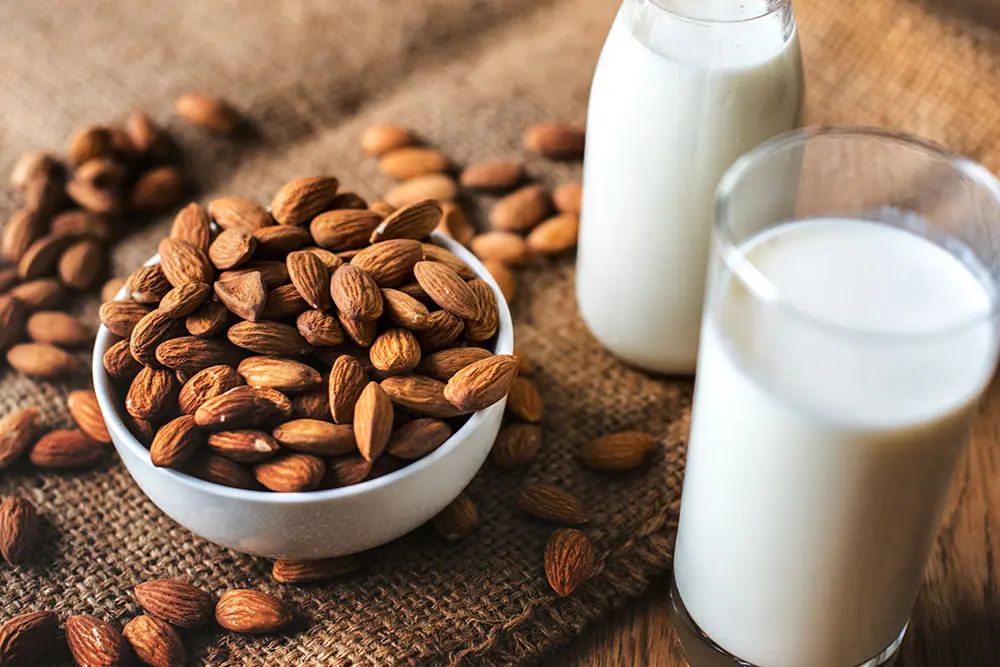
Nut milks like hazelnut and almond have become popular in the hot chocolate scene for their distinctive flavours and health benefits.
Hazelnut Milk
- Taste Experience: Its rich, nutty flavour adds a gourmet touch to hot chocolate, pairing well with cocoa and offering a luxurious taste.
- Ideal Pairings: Best suited for darker chocolates, hazelnut milk balances the bitterness with its rich, indulgent flavour.
Almond Milk
- Flavour and Texture: Known for its light, slightly sweet taste and thinner consistency, almond milk is perfect for a subtler hot chocolate.
- Health-Focused: As a low-calorie, nutrient-rich option, almond milk caters to health-conscious hot chocolate enthusiasts.
Nut milks, with their unique flavours and health advantages, offer a sophisticated twist to traditional hot chocolate recipes.
Rice and Coconut Milk
Rice and coconut milk stand out in the plant-based milk spectrum for their unique qualities and the distinct flavours they bring to hot chocolate.
Rice Milk
- Taste Profile: Its mild, slightly sweet nature makes rice milk a great choice for a subtler hot chocolate, enhancing the chocolate’s flavour gently.
- Suitability: With a light consistency, it’s ideal for less rich hot chocolates, particularly complementing milk and white chocolate varieties.
Coconut Milk
- Flavour Characteristics: Coconut milk adds a tropical twist with its creamy, slightly sweet profile, enriching the hot chocolate with luxurious flavours.
- Texture Benefits: Its rich creaminess contributes to a thicker, more indulgent hot chocolate, perfect for a hearty, smooth experience.
Rice and coconut milks offer exciting alternatives for those seeking to experiment with different hot chocolate flavours and textures.
I’ve tried both and quite liked coconut milk, as an occasional treat, but it’s not something I’d consider drinking on a daily basis. I found rice milk to be OK but its lighter consistency didn’t quite hit the spot for me.
Pairing Milk with Different Types of Hot Chocolate
The perfect hot chocolate is about harmonising the right type of milk with the chocolate, balancing flavours and textures.
Understanding the Pairings
- Complementing Flavours: The goal is to match milk with chocolate in a way that enhances or interestingly contrasts the flavours.
- Balancing Textures: The milk’s texture should align with the chocolate’s richness, ensuring a cohesive hot chocolate experience.
Table of Pairings
| Cocoa Percentage / Hot Chocolate Type | Dairy Milk | Soy Milk | Oat Milk | Hazelnut Milk | Almond Milk | Rice Milk | Coconut Milk |
|---|---|---|---|---|---|---|---|
| Milk Chocolate (up to 50% cocoa) | Full Cream | Soy | Oat | Hazelnut | Almond | Rice | Coconut |
| Dark Chocolate (50-70% cocoa) | Semi-Skimmed | Soy | Oat | Hazelnut | – | – | Coconut |
| Very Dark Chocolate (70%+ cocoa) | Full Cream | – | – | – | – | – | Coconut |
| White Chocolate | Skimmed | Soy | Oat | – | Almond | Rice | – |
| Flavoured Hot Chocolate (e.g., Mint, Orange) | Full Cream | Soy | Oat | – | Almond | – | Coconut |
Note: Dashes (-) indicate less recommended pairings.
Expert Recommendations
- Milk Chocolate: Full cream dairy or oat milk for a creamy, sweet balance.
- Dark Chocolate: Semi-skimmed dairy or hazelnut milk to offset bitterness with richness.
- White Chocolate: Skimmed dairy or almond milk for a light, creamy touch.
This guide is a starting point for pairing milk with hot chocolate. Experimentation is key to finding your perfect match.
Best Milk For Hot Chocolate and Personal Favourites
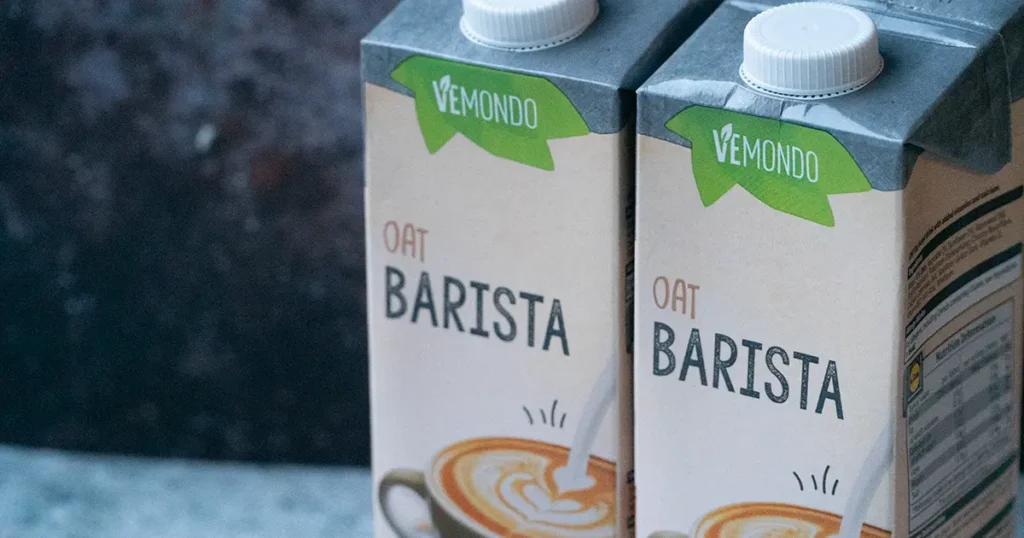
The journey through the best milks for hot chocolate reveals the significant role of milk in flavour, texture, and overall enjoyment.
Summarising the Best Choices
- Dairy Milk: Full cream dairy milk remains a classic choice for a rich, velvety hot chocolate.
- Plant-Based Milks: Soy, oat, almond, and coconut milks offer delightful plant-based alternatives, each adding a unique twist.
My Go-To Milk for Hot Chocolate
My go-to when I make it at home is oat milk.
I find the naturally sweet flavour of oat milk pairs beautifully with the wide range of chocolate and cocoa powder that I use to create my hot chocolates.
And the oat milk I use on a daily basis is Lidl’s Vemondo Barista Oat Milk, which at £1.39 a litre is considerably cheaper than a lot of the brand-name oat milks on the market.
Lidl do have a regular, unsweetened oat milk, which comes in a little cheaper but I personally find this a little thin compared to the Barista Oat Milk which is a lot creamier and froths up quite nicely in my Hotel Chocolat Velvetiser.
When I’m out and about, and when the choices are available, I like a hazelnut hot chocolate as well.
In conclusion, the diverse world of hot chocolate offers a milk option for every preference.
Whether you lean towards traditional dairy or plant-based alternatives, there’s a perfect choice for your hot chocolate.
I encourage you to explore and find your personal favourite, remembering that the best hot chocolate is one that brings you joy and comfort, tailored to your taste.
Keep exploring and savour every cup of hot chocolate as a unique journey.


